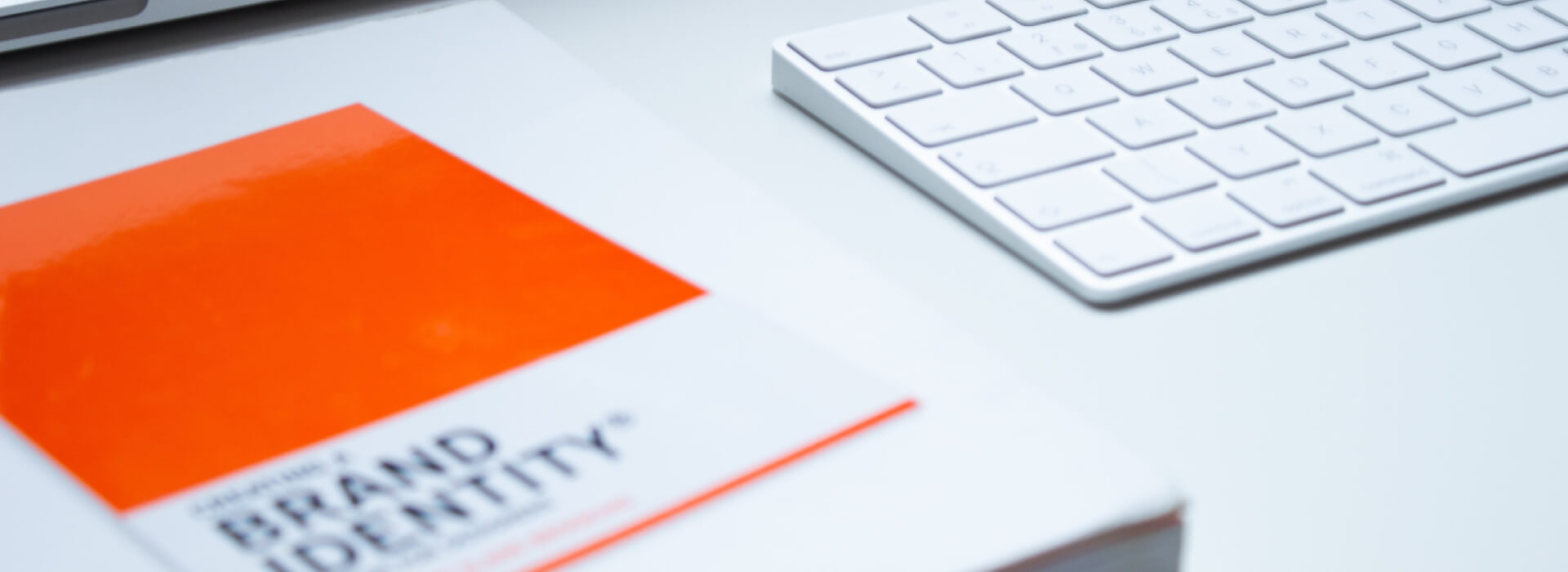23 May Is a PMS colour still required in your colour palette these days?
Is a PMS colour still required in your colour palette these days?
When designing a logo, and thus a corporate identity, I make sure that when selecting colours, they always look the same when it comes to print and screen. There’s nothing more annoying than selecting a bright green which when printed turns dark green. Blue and green in particular, cause many problems when translated from screen to print. To prevent this, I use Pantone swatches (called PMS colours) which include the CMYK and RGB values (CMYK is used in print and RGB is for your screens). Ensuring all the colours across all formats look the same.
A nice example was when I started working at Boon Edam where it was my task to roll out the new corporate identity worldwide. I soon found out that 2 shades of green were being used company wide. The official corporate identity colour and the colour that rolled out of the printer. But before just changing the corporate colour, I needed to do some research. I took two samples of the green and asked people around the office which colour they thought was the corporate colour. And it soon became clear that everyone chose the printed colour. Why? Because the corporate identity colour was a fluorescent green which cannot be printed on a standard printer. Hence finding the dark version on everyone’s desk. Reason enough for me to change the corporate identity colour of the company. And want to know the most amazing thing of all? Nobody noticed.
These days PMS colours are often left out of the corporate identity guidelines as these days the need to print PMS has changed. Everything is printed in CMYK, and only certain print runs require the PMS to be used. But I still think it’s important to know what your PMS colours are as they do get asked when it comes to product development for instance. To help you understand the various colour systems, I’ve written an article to explain the differences and the importance of why you need them for all the various formats. Read the article here
Where to start?
A corporate identity always starts with the logo. So now is the right time to look closely at the colours. Even though you might be starting off with the logo and at a later stage adding a website, it’s still important to take this into consideration at this stage. Because you might want to design a flyer or exhibition stand or wrap your car with your corporate identity. And it’s very hard to pinpoint a colour value to an existing colour, with the risk that you cannot translate the colour at all and therefore need to start over. This is why I ensure all my designs have all the colour codes from the start.
Upon delivery of the logo and the corporate identity, I hand my client a manual including all the corporate identity guidelines regarding their brand. That way you can never go wrong when selecting a colour again. From PMS to RAL to HTML you’ll find them all in there.
What if I already have a colour and now think ‘Oh that looks very different on a screen’
If you already have a logo and corporate identity and you want to know why the colours don’t correspond on the various platforms, it will have to do with the way the colour has been translated into that colour system. In most cases, the designer will have supplied you with a PMS value which then makes converting the colours to CMYK or HTML a lot easier. The tricky part is when you conclude that your corporate colour doesn’t translate to other colour systems. What are you going to do then?
Then there are two options. The first is to rebrand your corporate identity, I call this a Detox where your current logo is given a makeover. This doesn’t have to mean a completely new logo; it can also be tweaking parts of the corporate identity to fit all platforms and formats. The second option would be to introduce a new colour into the colour palette for that specific medium. Using my example from Boon Edam, it means you have two types of green within your corporate identity. A PMS colour for offset printing and a dark variant for digital print work.
What do you mean by different colours for offset printing and digital print work?
Printed materials are largely done through the offset technique. What that is I’ll explain in a future blog. It mainly comes down to introducing a fifth colour to the printing process, using my previous example, the fluorescent green. But when printing a letter on your office printer, you won’t be able to add the PMS colour to the printing process and this colour will be converted to CMYK, hence the fluorescent effect being replaced by the dark green.
A complicated technical story that you can forget right away. It’s the designer’s job to think about this and include it in the design process so that you are never stuck with two different colours.
And now…
Want to know whether your corporate colours are correct or you’re interested in knowing more about the way colours work? Book the Style Scan and I’ll be happy to tell you more about it.
Book the Style Scan


